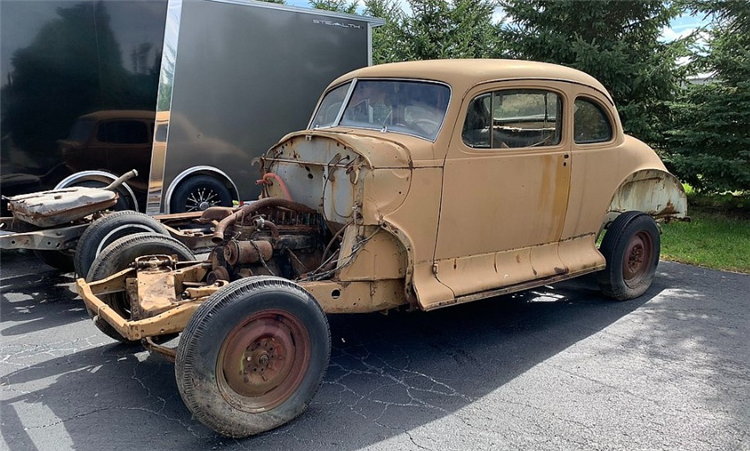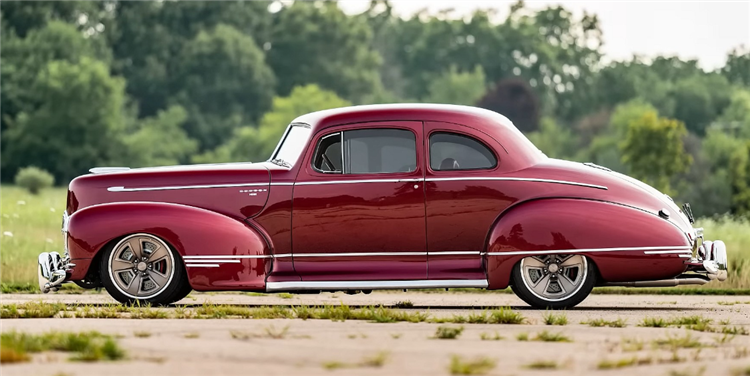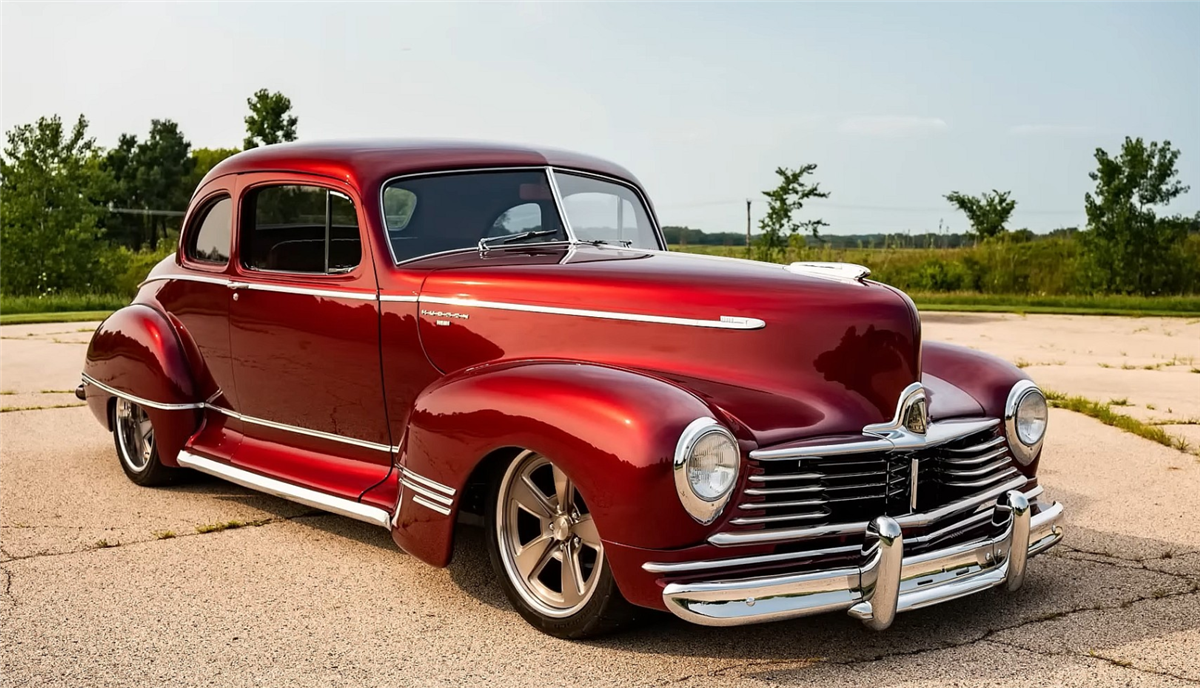Founded in 1909, Hudson Motor Car Company was absorbed by Nash-Kelvinator to become American Motors Corporation (AMC) in 1954, marking the company’s entry into history. However, Hudson left behind a few noteworthy accomplishments despite having a very brief career in the automobile industry.
It was also the first automaker to use oil pressure and generator warning lights, and it was the first to feature dual brakes and a balanced crankshaft. The Twenty, Hudson’s debut vehicle, was also among the first affordable vehicles available in the US market.
But of course, Hudson is most famous for the Hornet. A sleek, streamlined full-size with a “step-down” design, the Hornet dominated NASCAR in the early 1950s and subsequently became a commercial success. While only available with an inline-six engine at the time, the first-generation Hornet is regarded as one of America’s proto-muscle cars alongside the 1949 Oldsmobile “Rocket” 88.
The Hornet, however, is not the only cool automobile that the now-defunct brand left behind. While not as iconic, the Super Six is an important piece of Hudson’s history. First introduced in 1916, it was one of America’s first high-performance cars, setting records at Daytona Beach and Pikes Peak.

The Super Six was canceled in 1928, but it was brought back for a short while in 1933 and then again in 1940. It was added to the then-new Commodore range in 1941. Thus, it also profited from Hudson’s 1948 introduction of the novel “step-down” chassis.
This Super Six isn’t one of those “step-down” vehicles. Constructed in 1947, it came off the manufacturing line just prior to the Commodore receiving its significant third-generation upgrade. However, a facelift by Schwartz Performance in 2023 makes this amazing 1940s design even better. Indeed, the gorgeous hot rod you’re staring at was once a rust heap.
Like most Hudsons from the era, this Super Six was neglected for decades once the owner decided he didn’t want to drive it anymore. The story goes that the coupe was purchased from a guy who kept it for 20 years in his backyard, but based on the photos, this Hudson likely spent way more than that off the road. Fortunately enough, the Super Six was still in one piece when it emerged from the yard, and Schwartz Performance had a solid base to work with.
A ton of work later and the Super Six morphed into a unique and fabulous-looking hot rod. The kind that would look at home in a ZZ Top video with Billy Gibbons behind the steering wheel. And while it retains the shape of a 1947 Super Six, this Hudson is more about custom components than factory-correct specs.

It uses a custom chassis with a modern suspension system in addition to a modern powertrain and bespoke interior. The latter is a 392-cubic-inch (6.4-liter) Mopar Performance crate V8, rated at 102 horsepower, a significant upgrade over the car’s basic inline-six engine.
The current HEMI’s output is unknown, but Mopar claims that it can produce 485 horsepower and 475 pound-feet (644 Nm) of torque. This engine can produce considerably more with the correct upgrades. Nevertheless, 485 horsepower is sufficient to transform a 1940s Hudson into a completely functional sleeper.
Overall, this project does justice to a nameplate that’s often forgotten or overshadowed by other Detroit-made cars from the era. As a Hudson fan, I’m obviously biased here, but take a closer look at this Super Six and tell me you’re not hearing George Thorogood’s “Bad to the Bone” playing loud in your head.
